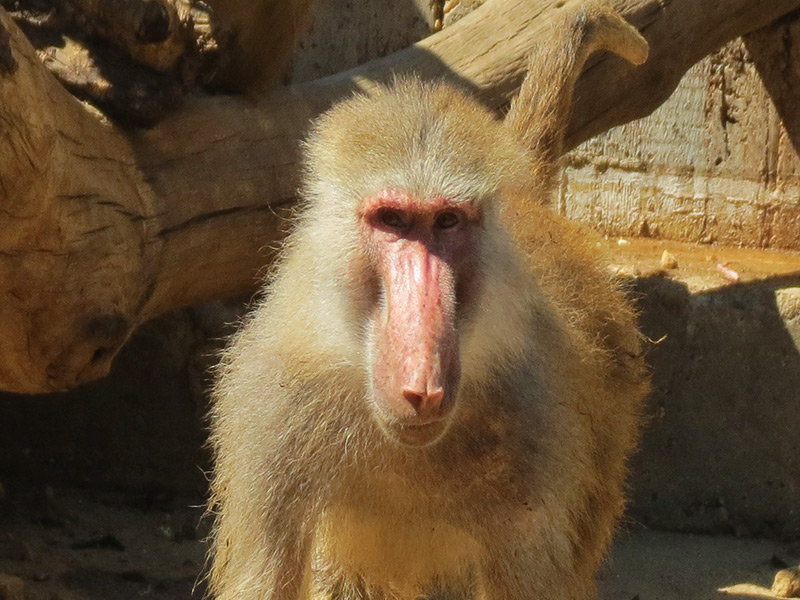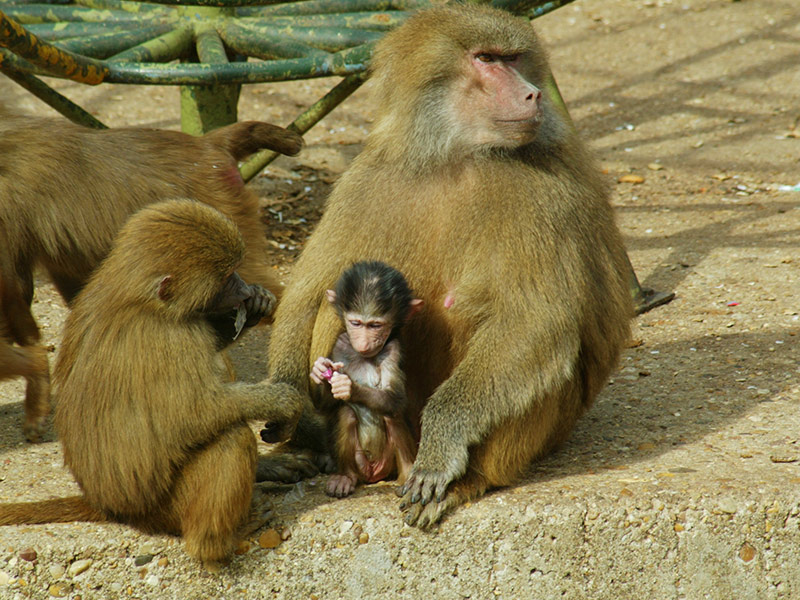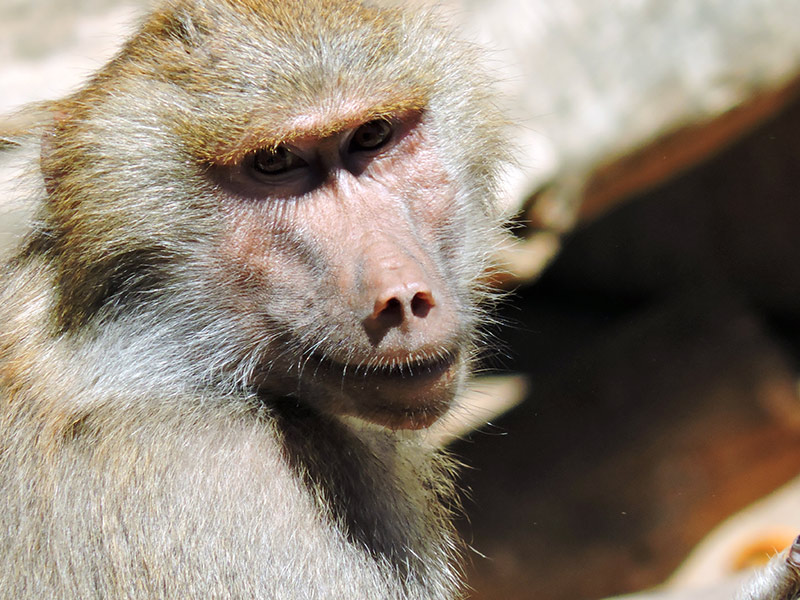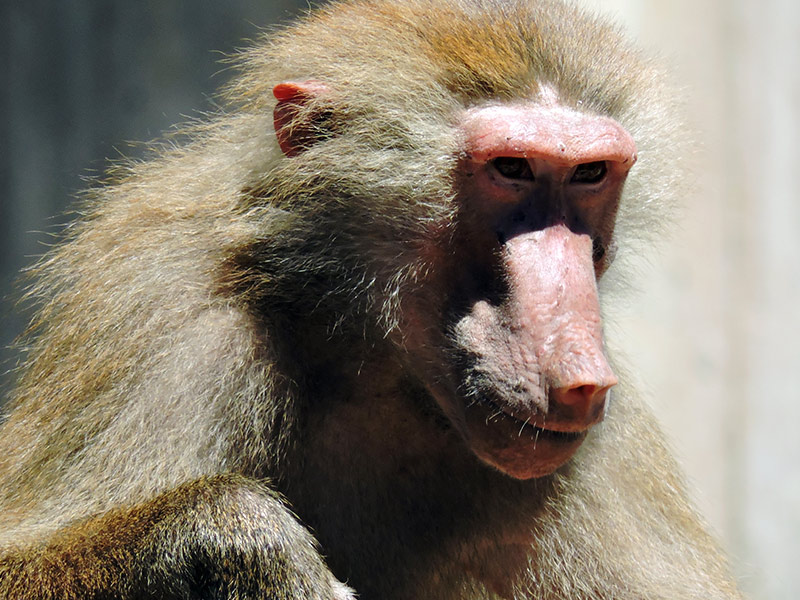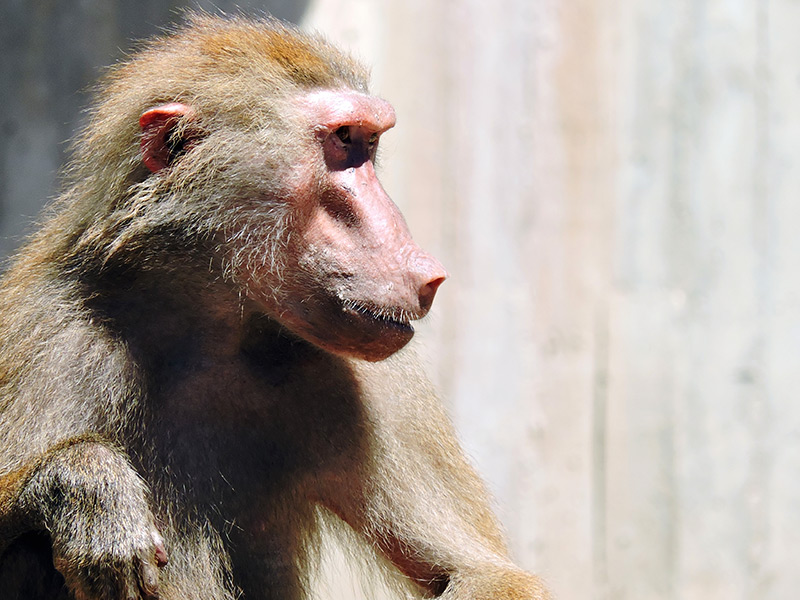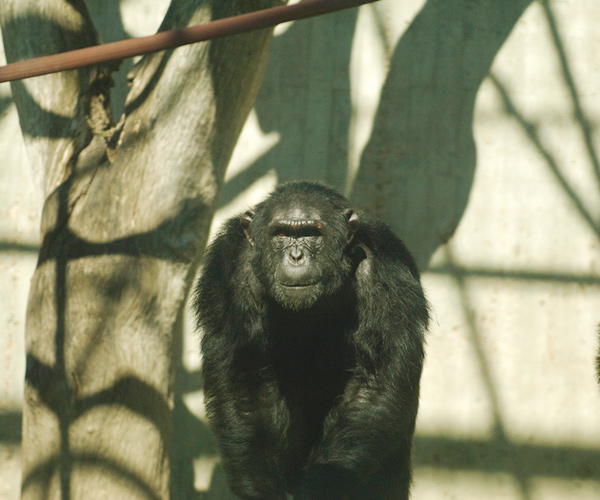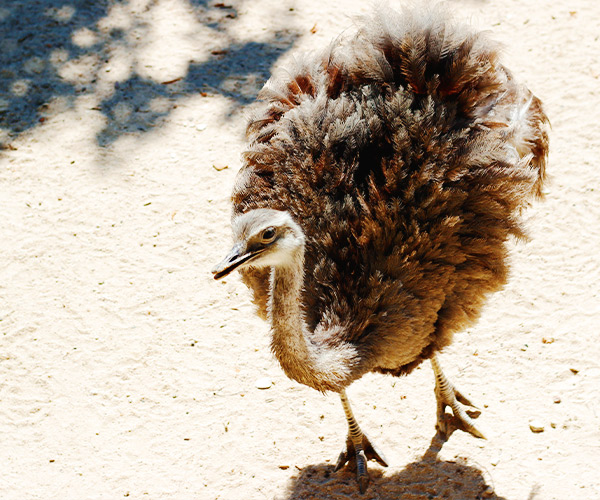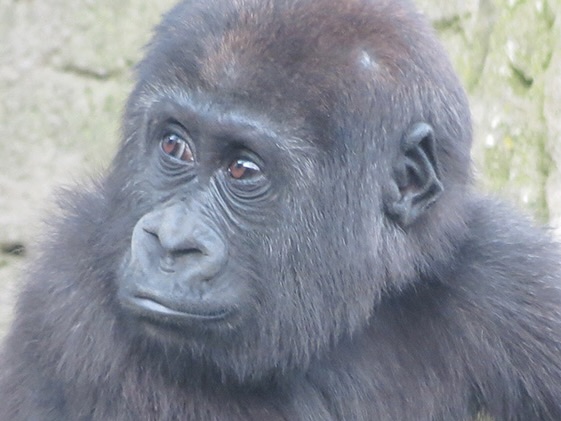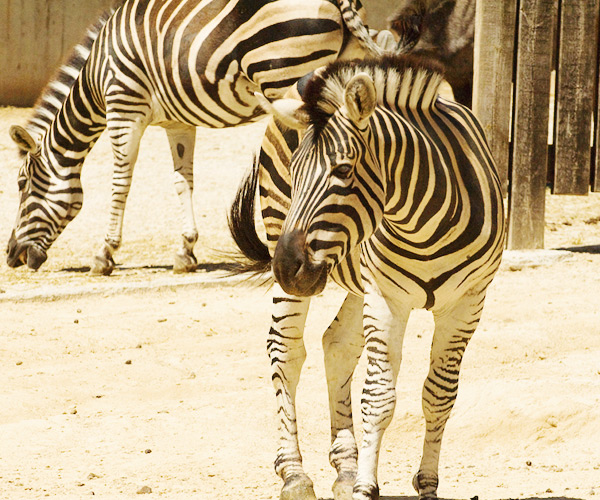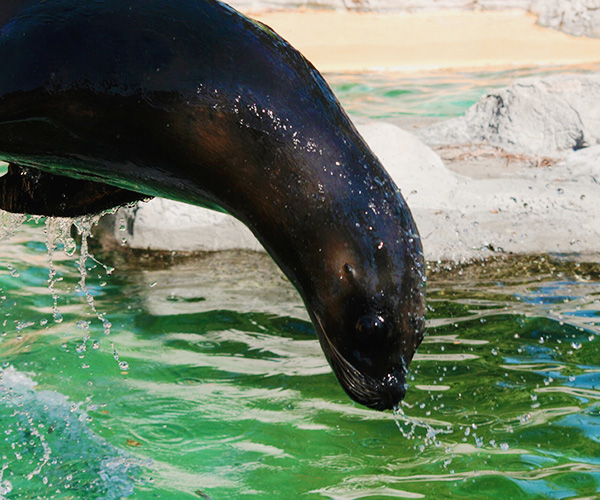The yellow baboon is a monkey from Central Africa (Kenya, Ethiopia, Mozambique, Malawi, Somalia, Zambia and Tanzania are the countries where it is distributed).
With a wide and large snout, it is a very terrestrial primate. Males are of considerable corpulence, and are covered with the yellow or brown fluff that gives them their name. The inner surface of the arms, cheeks and inner thighs are white.
They have ischial callosities that stiffen the tissues of the anal region and act as sitting pads. During the mating season, the callosities of the females increase in size and intensify their color.
Baboons live in very hierarchical mixed herds, females always remain in their family group, while males may migrate to others. Males with greater strength and intelligence are more likely to achieve leadership.
Gestation lasts about 180 days, and the female usually gives birth to a single calf.
They are opportunistic omnivores, eating mostly many seeds, tree pods, grasses, insects and small vertebrates (including small primates).
